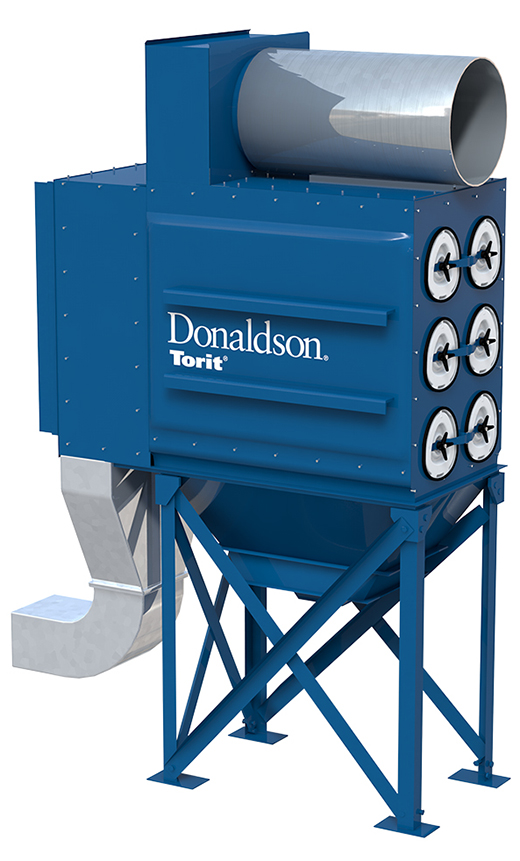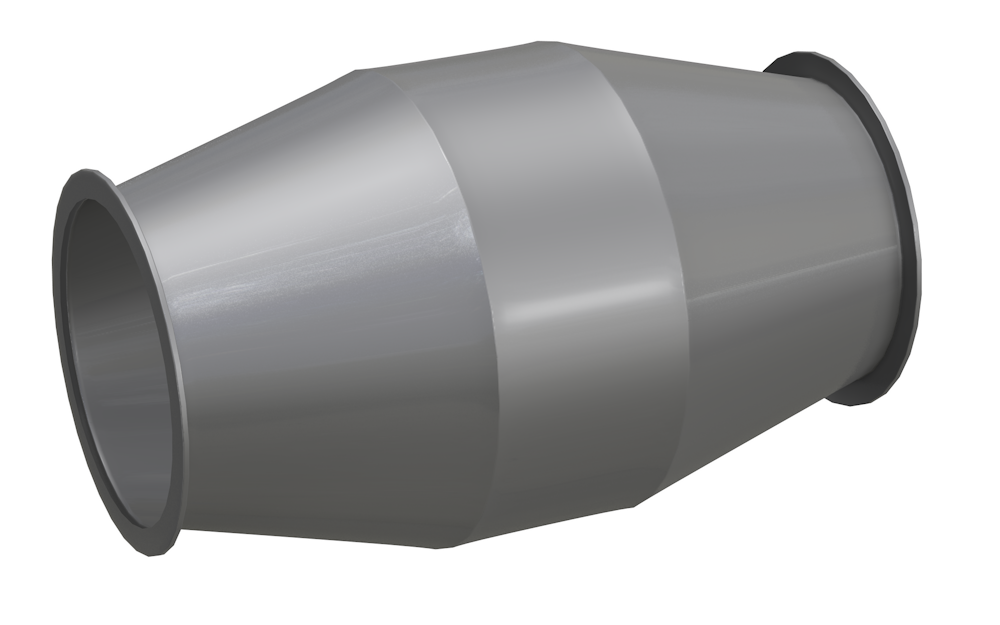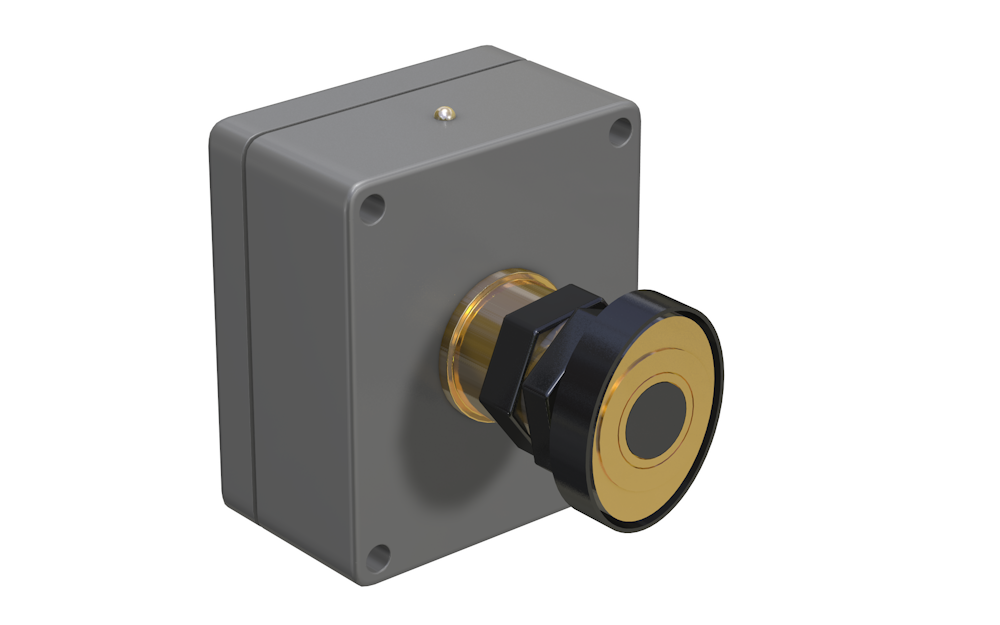Combustible Dust Management
From our friends at: Donaldson
Overview
Help Prevent and Protect Against Combustible Dust
In manufacturing facilities that generate or handle dust, it’s an important responsibility to manage combustion risks. When a combustible dust encounters an ignition source, there is the potential for a fire or explosion. It’s essential to have a comprehensive plan to manage and mitigate that potential risk. Many operations are subject to the requirements of NFPA Standard 652: Fundamentals of Combustible Dust, which has a dust hazard analysis (DHA) requirement due by September 7, 2020. A well-designed, maintained, and operated dust collection system is an integral part of your effort to comply with this and other standards and regulations. Donaldson can assist you in developing a strategy for the specific needs of your facility.
Strategy
Here are some basic steps to get started on a mitigation plan:
1. Know your standards and codes. Research the local, state, and federal mandates that apply to the design and operation of your facility. These are often specific to local jurisdictions and industries. Many authorities reference codes, such as the International Mechanical Code, the International Fire Code, and OSHA; as well as standards, like the National Fire Protection Association (NFPA) and Factory Mutual Property Loss Data Sheets. Since NFPA standards are commonly enforced by OSHA and many municipalities, they may make a good starting point:
- NFPA 652: Standard on the Fundamentals of Combustible Dust
- NFPA 61: Standard for the prevention of Fires and Dust Explosions in Agricultural and Food Processing Facilities
- NFPA 484: Standard for Combustible Metals
- NFPA 654: Standard for the Prevention of Fire and Dust Explosions from the Manufacturing, Processing, and Handling of Combustible Particulates Solids
- NFPA 655: Standard for Prevention of Sulfur Fires and Explosions
- NFPA 664: Standard for the Prevention of Fires and Explosions in Wood Processing and Woodworking Facilities
2. Assess your dust and process. Determine whether your dust is combustible. Testing an actual sample of dust with a qualified lab will give you the most reliable information. If a simple “go/no-go” evaluation proves its combustible, further tests can determine if it’s explosible (can ignite in a cloud), how fast that explosion can happen, and how much force it can carry. This information could impact the type of mitigation equipment needed to mitigate the hazard. Next, audit your process to identify where nuisance dusts are generated, released, or tend to accumulate. These are often intake and mixing locations, bag dumps, and welding or cutting stations. In each location, analyze the production processes, housekeeping practices, dust control measures, and potential ignition sources present. See How to Begin Your Dust Hazard Analysis, co-authored by Donaldson for Powder & Bulk Engineering, and download our Combustible Dust Roadmap.


3. Understand fire triangle, explosion pentagon. For a fire to occur, three key elements need to be present: oxygen, heat, and fuel. Remove one of these elements, and the risk is eliminated. For an explosion, five elements must combine — those necessary for a fire plus two others: dispersion (dust suspended in factory air) and confinement (dust concentrated in a small space). To mitigate an explosion risk, strive to remove one or more of these five elements. Removing any element of the fire triangle will prevent an explosion as well, but the inverse is not true: just eliminating dust dispersion or confinement is not enough to prevent a fire, so efforts need to focus on both hazards.
4. Develop a mitigation plan. Once you have determined the combustibility of your dust, you can develop a plan to mitigate the risks in your process. First, identify ways to limit dust accumulations to less than 0.8 mm (1/32 in.), as this is typically what OSHA looks for during inspections. However, housekeeping is only a partial solution. Also, consider the design of your dust collection system; for example, the physical location of the dust collector — outdoors versus indoors — will depend on the process hazards and risk assessment. Additionally, consider adding mitigation devices to your system, such as ignition controls or explosion vents. A wide range of fire and explosion mitigation equipment is available. Solutions focus on reducing the likelihood of an incident (prevention) and/or reducing the severity of an incident (protection). Selection should be based on the risks associated with the process. You can learn more about these in the interactive graphic below.
Donaldson can help review your mitigation strategies and integrate Donaldson equipment into your dust management strategy.
Solutions



Comments
Post a Comment